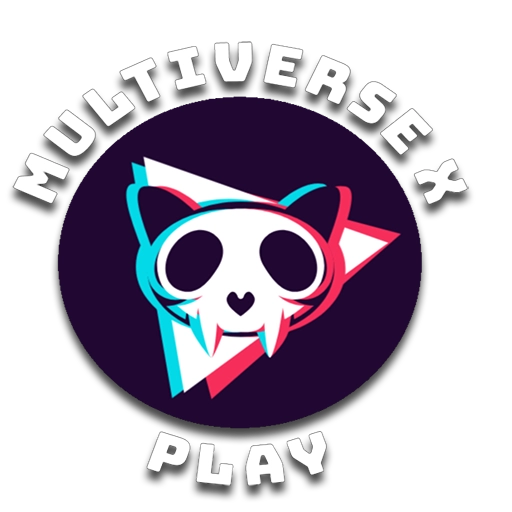Not many games invite players to hop between dimensions — and even fewer build entire worlds on visual contrasts that feel as emotional as they are artistic. What Lies in the Multiverse doesn’t just play with alternate realities through gameplay, it paints them. The artbook takes you behind the curtain of this creative chaos: from early sketches to pixel-perfect atmospheres, where every dimension breathes its own rhythm and radiates its own color language.
Visual Philosophy: When Simplicity Becomes Intricate
The art direction in What Lies in the Multiverse is a masterclass in doing more with less. The pixel art style echoes retro SNES-era games but layers in emotion and story with surprising subtlety.
It’s not just nostalgia — it’s carefully crafted minimalism. The game’s aesthetic uses emotional color shifts across dimensions, creating visual tension without clutter. Animation is sparse but expressive, amplifying humor and tragedy through small movements. The artbook offers insight into this philosophy: how to design visuals that are instantly readable, yet rich with feeling — a tricky balance between abstract and intimate.
Here’s what defines the style:
- Retro-inspired pixel art reminiscent of classic SNES titles
- Dynamic palettes that shift dramatically between dimensions
- Thoughtful animations that serve mood, not spectacle
It’s a reminder that a limited pixel grid can still tell a massive story — if you choose each line and color wisely.
From Sketch to Pixel: Building Worlds in Layers
Let’s take a single location — a cityscape — and look at how it evolves across its two realities. The artbook breaks it down with precision, showing how artists moved from paper sketches to finished in-game scenes. Each layer tells a version of the same place, but filtered through a different emotional lens.
Example: Dual-Dimension City Design
| Stage | Description |
|---|---|
| Sketch | European-inspired skyline with trees, balconies, tangled wires |
| Chaos Variant | Red skies, distorted shapes, glowing windows, surreal architecture |
| Final Game Scene | One-click switching between calm and distorted versions within gameplay |
The design philosophy here isn’t just visual. It’s thematic. The same street corner might feel safe in one dimension and unrecognizable in another. Buildings tilt unnaturally. Colors shift with psychological intent. It’s all part of the world-building — where narrative and visual design constantly reflect each other.
Character Evolution: Born Between Two Worlds
Characters in the game don’t just support the story — they embody the multiverse itself. The main protagonist evolved through multiple design stages. He began as a wide-eyed boy in oversized glasses but gradually transformed into a more neutral avatar — someone players could project themselves onto.
Then there’s Ennius — the chaotic genius who guides (and sometimes confuses) you. His look was directly inspired by fictional icons like Douglas Adams’ characters, Rick from Rick & Morty, and alchemists from classic RPGs. His quirky intelligence is matched with hand-drawn expressiveness, carried through frame-by-frame animations that were first drafted on paper, then pixelated for the screen.
This handcrafted workflow — analog to digital — gives each character movement weight. The result? Characters that feel alive not because they’re realistic, but because they’re human in their quirks and inconsistencies.
Colors That Set the Tone
Color is a language in What Lies in the Multiverse. Each dimension has a mood, and that mood has a palette. The artbook doesn’t just show you pretty screenshots — it explains the logic behind each shade.
Here’s a breakdown:
- Calm dimension: Soft, warm tones designed to evoke comfort and clarity
- Collapse dimension: Deep purples and dark blues emphasize isolation and decay
- Irony dimension: Neon yellows, toxic greens, and an intentionally “ugly” aesthetic to create dissonance
Each environment uses color not just to stand out but to guide emotional response. Why is the sky a particular shade of blue in one shot? Because that shade suggests fading hope. Why acid yellow signs in a joke dimension? Because laughter, too, can be jarring. The color theory here isn’t random — it’s storytelling in disguise.
The Artbook as a Creative Window
Unlike most artbooks, which serve as collections of pretty concept art, What Lies in the Multiverse uses its pages to walk you through the entire development process.
You’ll find:
- Artist commentaries explaining why scenes look the way they do
- Unused concepts that offer alternate takes on locations and characters
- Full level layouts that let you trace each stage from entrance to exit — dimension by dimension
Some pages feel like behind-the-scenes production notes. Others are frameable posters. Together, they form a visual record of the game’s creative journey. They don’t just celebrate what made it in — they honor what was left behind and why.

